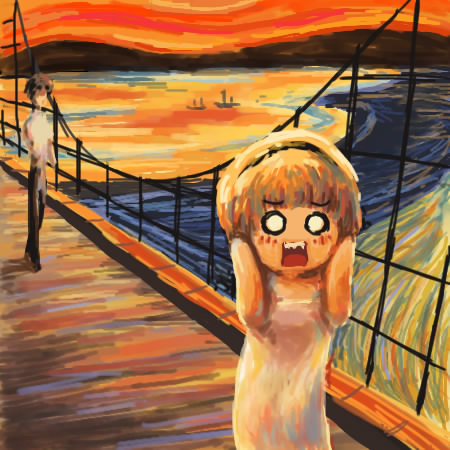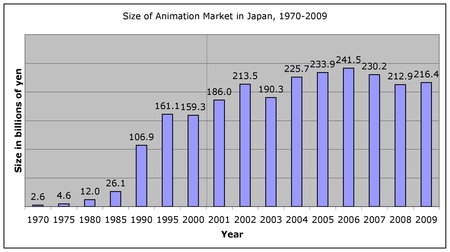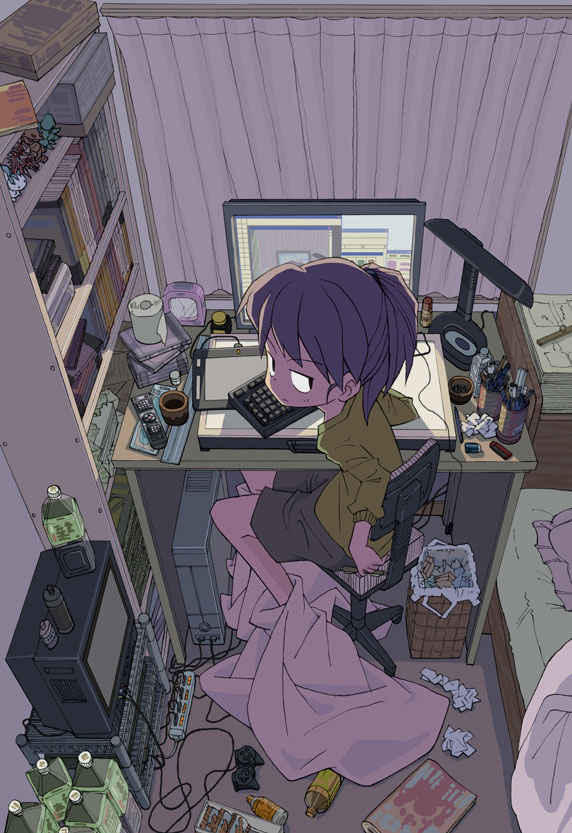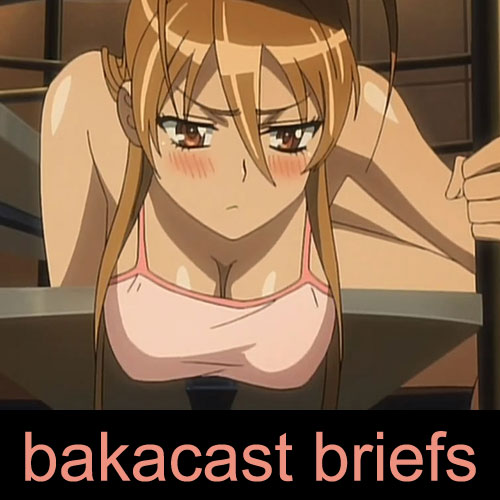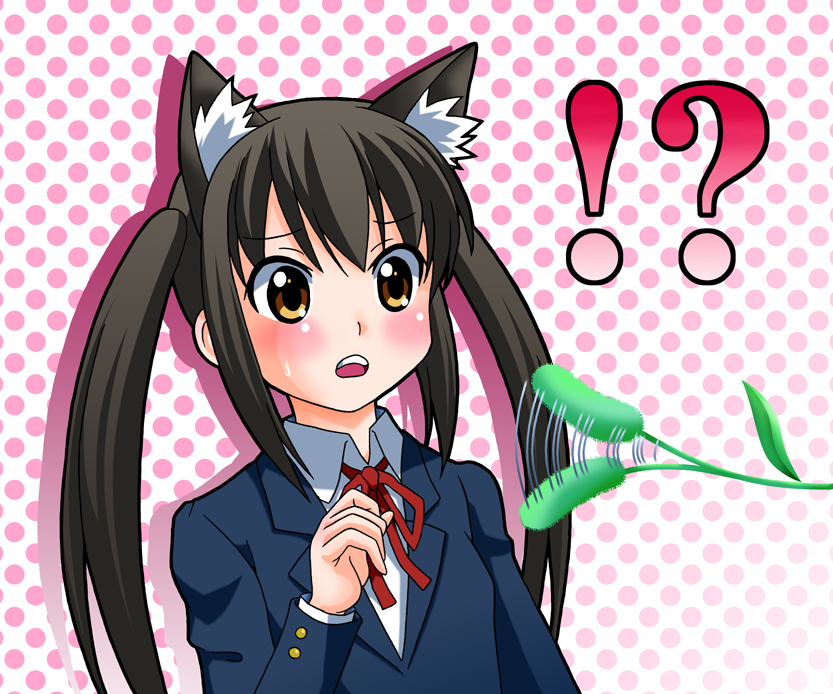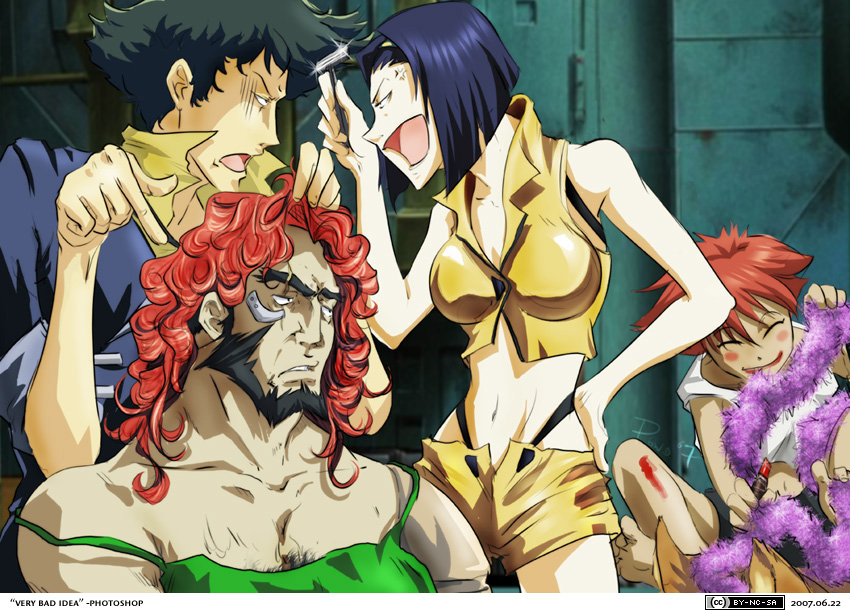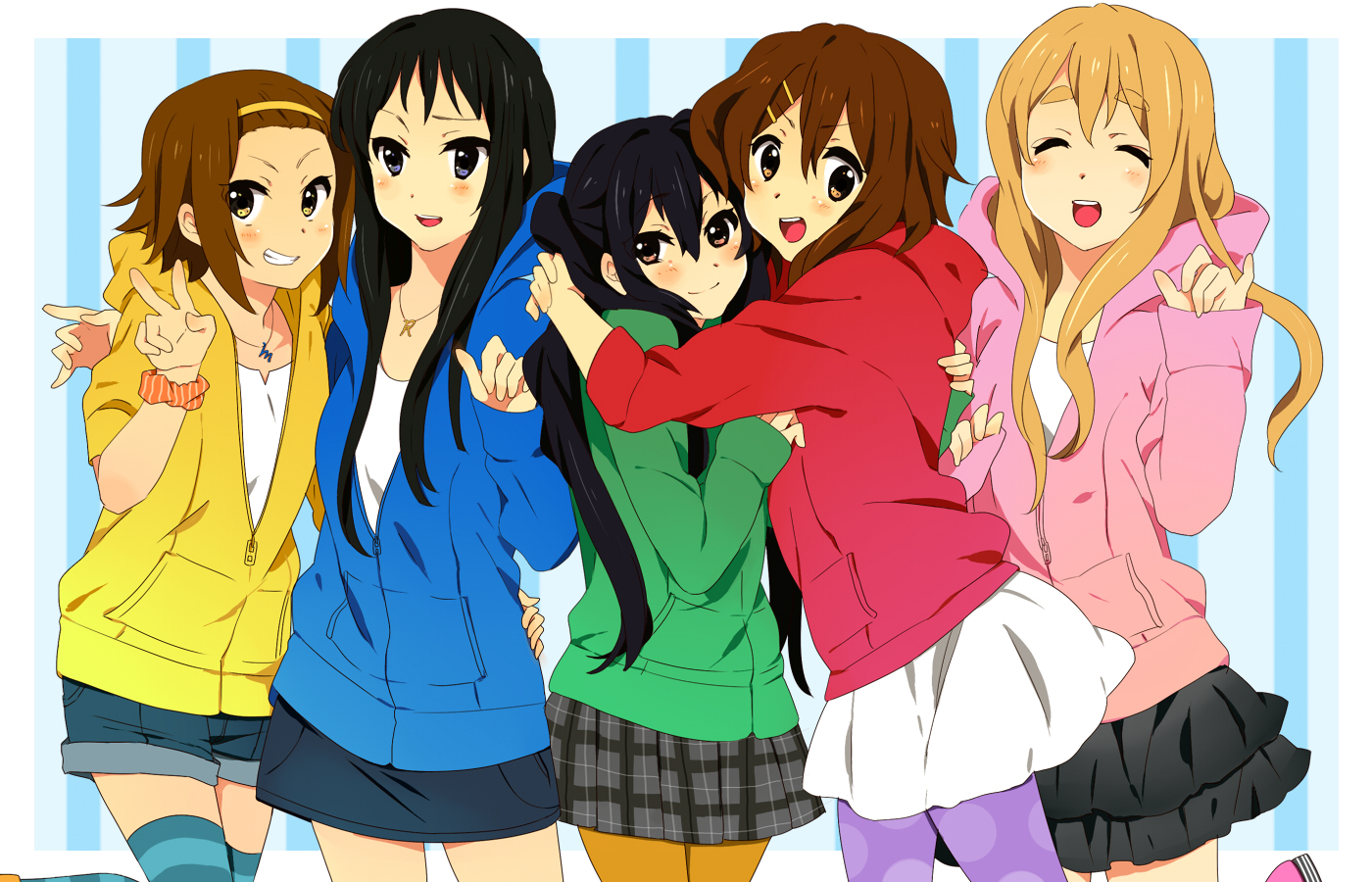I have immense respect for the prolific anime studio Madhouse, but their offering this season has been a total disappointment. Highschool of the Dead is one of the worst anime I have ever seen; a veritable ordeal to watch. If it wasn’t for my duties as chief editor of this site, I would have dropped it weeks ago. The K-ON!! finale might have been a wrenching roller-coaster of emotion, but the last episode of HOTD is what brought me to tears… tears of joy, that is. I’m so very happy that I don’t have to watch another episode of that garbage.
So, as you can imagine, I’ve been pretty disappointed in Madhouse lately… that is, until I saw this little trailer for something called Redline.
Freakin’ epic.
Seriously, this is one of the most visually stunning anime projects I have ever seen. I especially love the bits which display an aesthetic I can only describe as “LSD cyberpunk.” I think this film is worth watching for the animation alone. Madhouse, you have redeemed yourself.

